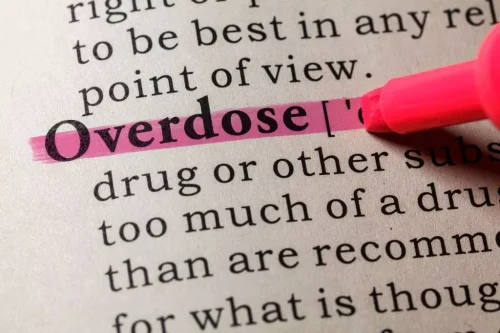Compared to psychoanalysis its practice is much more empirical, experimental, and scientifically robust. Early behaviorist researchers including John Watson and Ivan Pavlov discovered the concept of classical conditioning and other ideas about how animals and humans learn. F. Skinner is famous for his discovery of operant conditioning – the idea cbt interventions for substance abuse that our behavior can be shaped by contingencies (what comes before and after). An important part of these psychologists’ research explored how fears are learned. These ideas were applied clinically as ‘behavior therapy’ by luminaries including Joseph Wolpe and became the foundation of fear reduction techniques that are still in use today.
Dialectical Behavior Therapy for Eating Disorders: A Powerful Approach to Recovery
They’ll likely spend most of the first session asking questions and getting to know you and your thought processes so treatment can be customized for you. Though CBT is generally a safe and effective treatment option, it has some potential drawbacks, too. That being said, medication does still perform better for some conditions, and many people find it most beneficial to combine CBT with medication. Over time, you’ll learn CBT techniques to acknowledge and challenge thoughts that get in your way. Though many people think therapy is just chatting with a doctor, CBT is actually very structured and tailored to each person.
Helping children make friends: What parents can do
However, each person is unique, and mental health conditions are complex, so the length of therapy can vary. Cognitive behavioral therapy is an evidence-based treatment that’s grounded in theory and skill-based dialogue (conversations). It provides a supportive, nonjudgmental and safe environment that allows you to talk openly with a mental health professional who’s objective and specially trained to help you with the issues you’re having. Next, strategies are implemented to help you develop healthier thoughts and behavior patterns. Cognitive behavioral therapy combines cognitive therapy with behavior therapy by identifying maladaptive patterns of thinking, emotional responses, or behaviors and replacing them with more desirable patterns.
- When you feel that way it is difficult to do the things that used to give you pleasure, and so you might avoid situations with the intended consequence of conserving your energy.
- The next time you see your doctor, you’ll have a less stressful experience because you’ve already worked out the issues that were making you feel worried or afraid.
- For example, you may choose to meet with your therapist virtually or in person.
- CBT aims to help the patient develop a more fluid and positive way of thinking and behaving and, therefore, experience positive emotional changes and better functioning in their daily life.
Comprehensive Behavioral Intervention for Tics: An Effective Treatment Approach
- And it can help in managing difficult life experiences, such as divorce or relationship problems.
- It can also help reduce the negative impact of psychological and physical illness.
- However, this will depend on both your and your therapist’s availability and accessibility.
Duration, frequency, and format of CBT sessions vary greatly, depending on the type of problem being treated, the therapist’s availability, and the client’s preferences. Typically, treatment consists of 10–20 sessions, usually occurring weekly. CBT is one of the most effective forms of psychotherapy for a variety of mental health diagnoses.

These behaviors can include going to bed too early, taking naps, or relying on alcohol to fall asleep. The role of CBT-i is to change those patterns, through techniques such as challenging anxious thoughts and adhering to a set sleep schedule. CBT is appropriate for people of all ages, including children, adolescents, and adults.
CBT focuses on relationships and consequences
Unlike CBT, REBT explores the philosophic roots of emotional disturbances, encourages unconditional self-acceptance, and distinguishes between self-destructive negative emotions and appropriate negative emotions. Enhanced Cognitive Behavioral Therapy, or CBT-E, is a form of CBT designed to treat eating disorders including anorexia, bulimia, and binge-eating disorder. CBT-E focuses on exploring the reasons the patient fears gaining weight with the goal of allowing the patient to decide for themselves to make a change. CBT-E stands in contrast to Family-Based Therapy, a leading treatment in which the patient’s family takes on an important role in addressing the disorder and the person’s eating patterns at home. Cognitive behavioral therapy helps you become more aware of your emotions, thoughts and behaviors.
While the aim will be to change specific thoughts and behaviors that are not serving you well in your life, rest assured that you will not be expected to do anything you don’t feel comfortable with. Aaron T. Beck is responsible for the development of the form of CBT that is most commonly practiced today. No history of CBT is complete without mention of Albert Ellis who was also developing a form of cognitive therapy at the same time as Beck. Ellis’ work became Rational Emotive Behavior Therapy (REBT) and shares many similarities with CBT.


